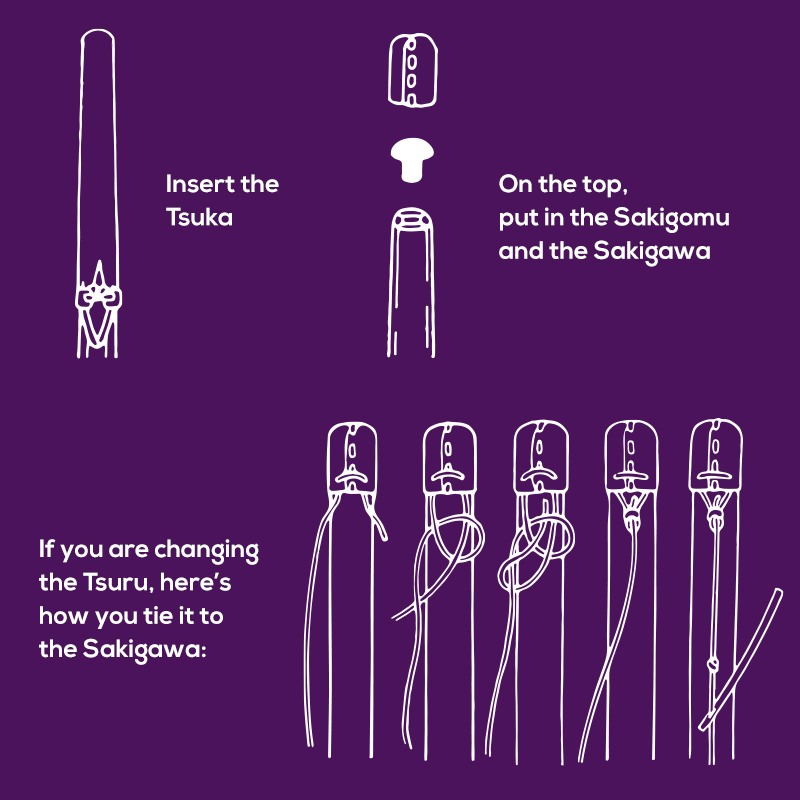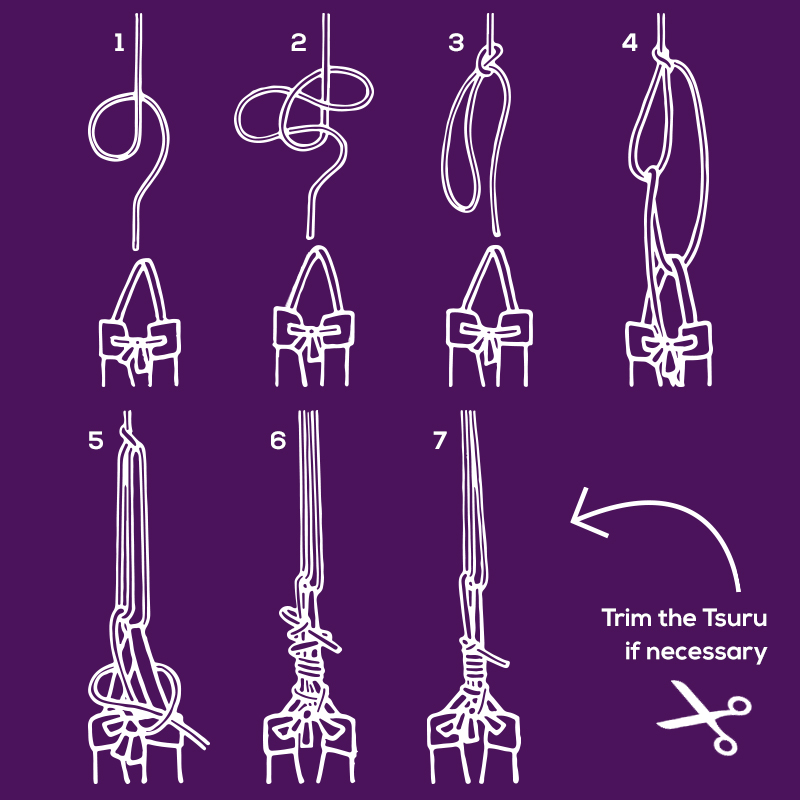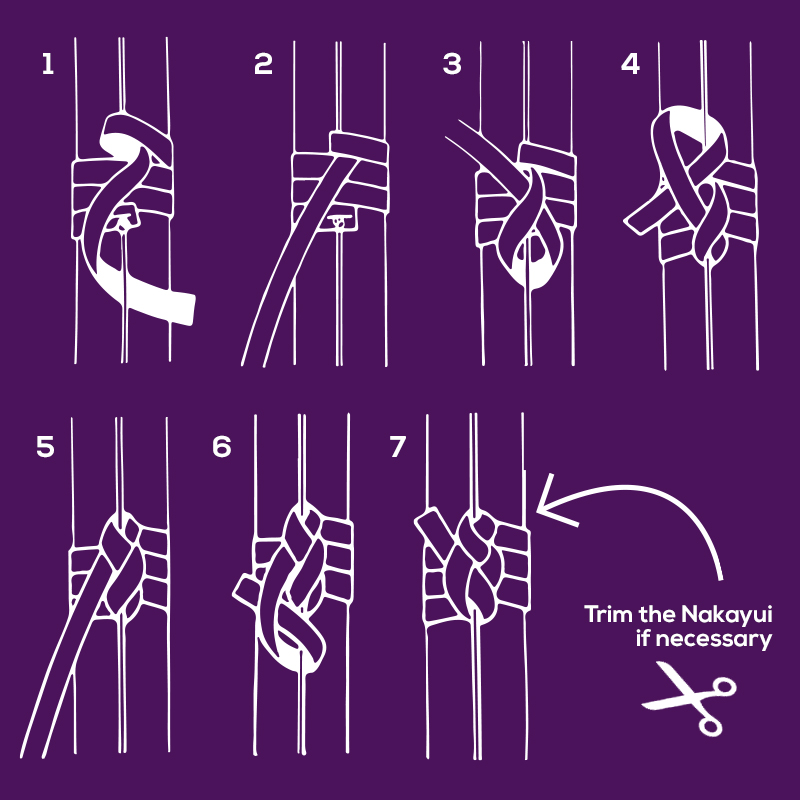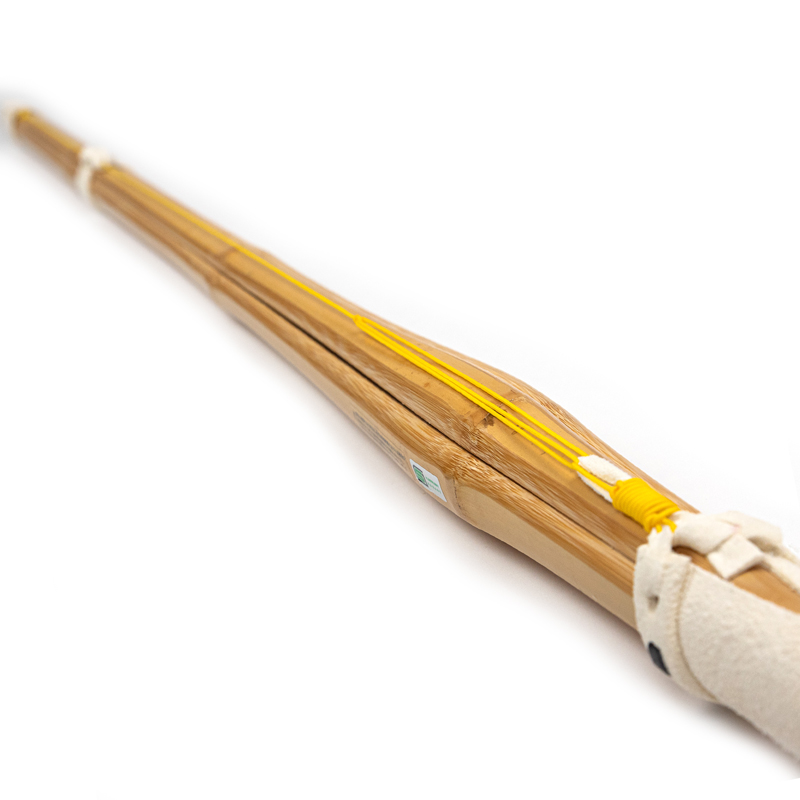Periodic maintenance of training equipment is essential for the safety of practitioners. This article will talk about Shinai care, but before checking our recommendations: when in doubt or if you have any problems, TALK TO YOUR SENSEI/SENPAI. We believe that equipment maintenance, as well as how to put on your Hakama or Bogu, are all part of a Dojo “initiation” and that this shared learning process should be with your Dojo leaders. This post is more of a guide to the common procedures for those that, like us when we started, had some trouble remembering how to re-assemble their Shinai.
Maintenance Frequency
There is no hard and fast rule about the frequency with which you should perform Shinai maintenance, as it will depend on factors such as the amount of training, technical skill of the user and even the weather conditions.
The most common damage caused to the Shinai is the detachment of small fibrovascular bundles from the bamboo staves, generating splinters of different lengths.
If not noticed and removed immediately, those splinters can enter through the Mengane when there’s impact and end up damaging the eyes. In more extreme cases, it is possible for the bamboo stick to break on impact, projecting debris. There are many horror stories that we’re sure every Dojo knows about and pass on to their beginners as a warning. The moral is, it’s really important to check your Shinai before, during and after practice to avoid accidents.
Disassembly
First, you need to untie the knot from the Nakayui (the leather strap next to the end), loosen the knot at the top of the handle and then remove the Sakigawa (the end protector).
Next remove the Take from the Tsukagawa (leather grip) and separate them, paying attention to the Chigiri, the small metal plate close to the base of the Tsuka, which locks the staves of Take together.
On the upper end of the Shinai remove and set aside the Sakigomu (also know as the Sakishin), a small plastic plug that unifies the tip of the Take and helps absorb and distribute impact.
Bamboo Care
To remove the splinters, use a Shinai Scraper or sand the edges of the Take with fine sandpaper, removing possible loose fluff and splinters from the bamboo. Then, it is common to apply a thin layer of Shinai Oil on the Take surface to hydrate the fibres. Make sure not to use excessive amounts of oil in this process and let the Take dry for at least 24 hours. We strongly recommend rotating the Take position by 90 or 180 degrees when reassembling your Shinai which can significantly increase Shinai longevity.
Reassembly
Here comes the tricky part!
For reassembling the Shinai, we prepared this illustrated guide to help you tie the Nakayui and the Tsuru.

After that, it's time to tie the Tsuru to the Tsukagawa:

Finally, tie the Nakayui:

Make sure everything is tight and under the correct tension, and be sure to recheck the Shinai before your next practice session.
Again, when in doubt or if you have any problems, talk to your Sensei/Senpai. They are there to help with your Kendo journey and it’s always better to follow your teachers way.
You can find everything you need for Shinai care and other Kendo accessories HERE.
Also, check out our discounted Shinai Packs which are perfect to share with your Dojo friends.

